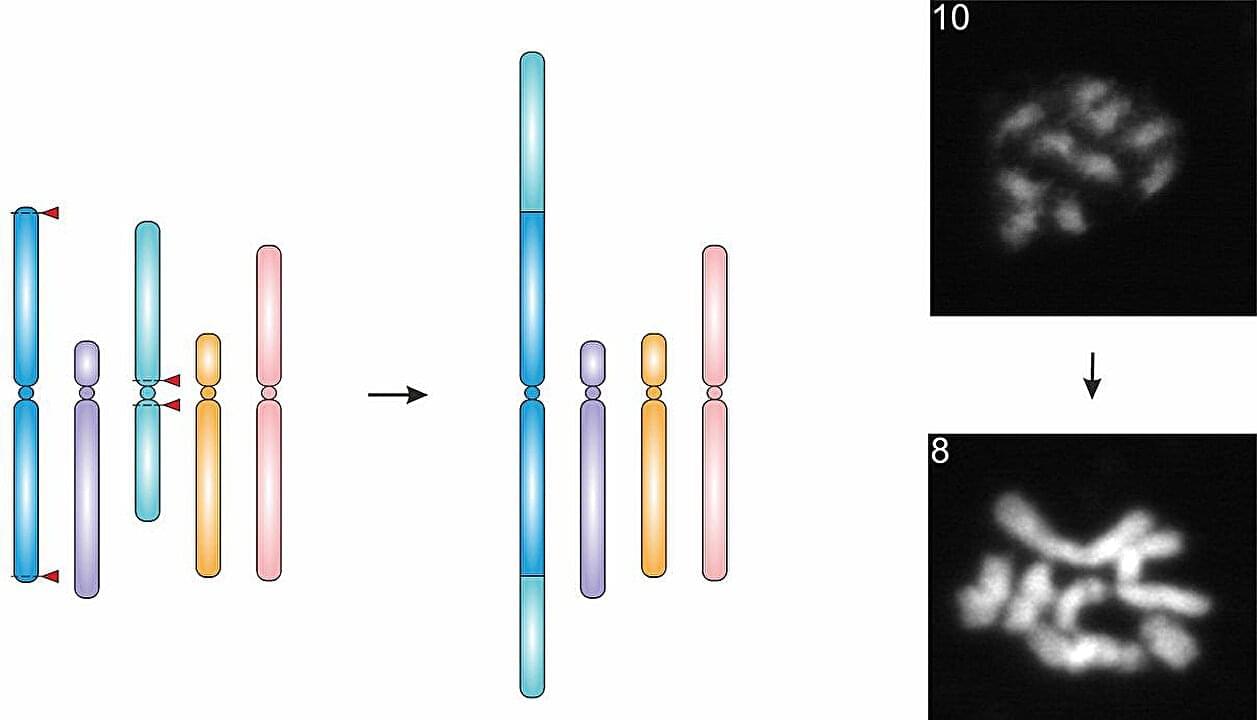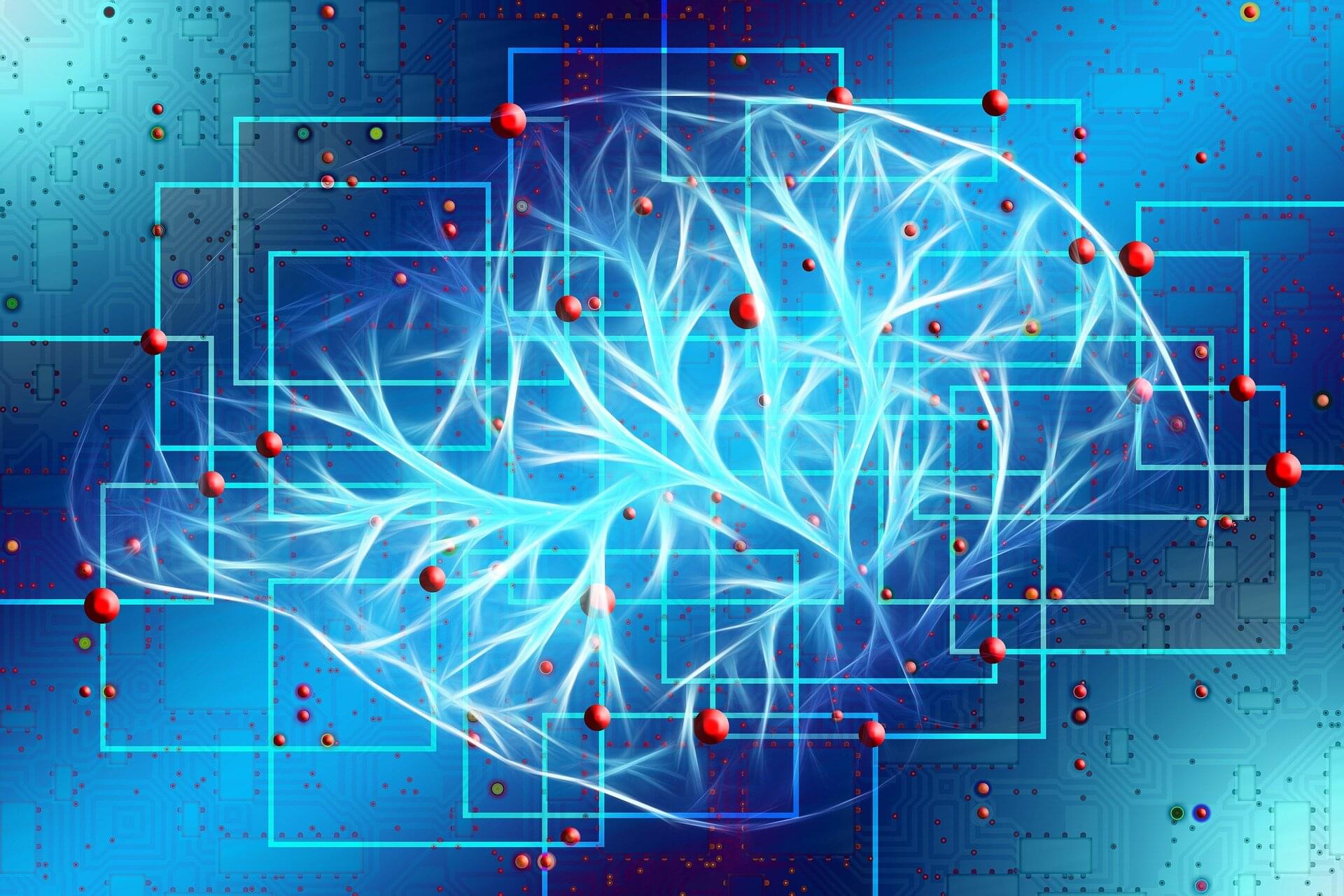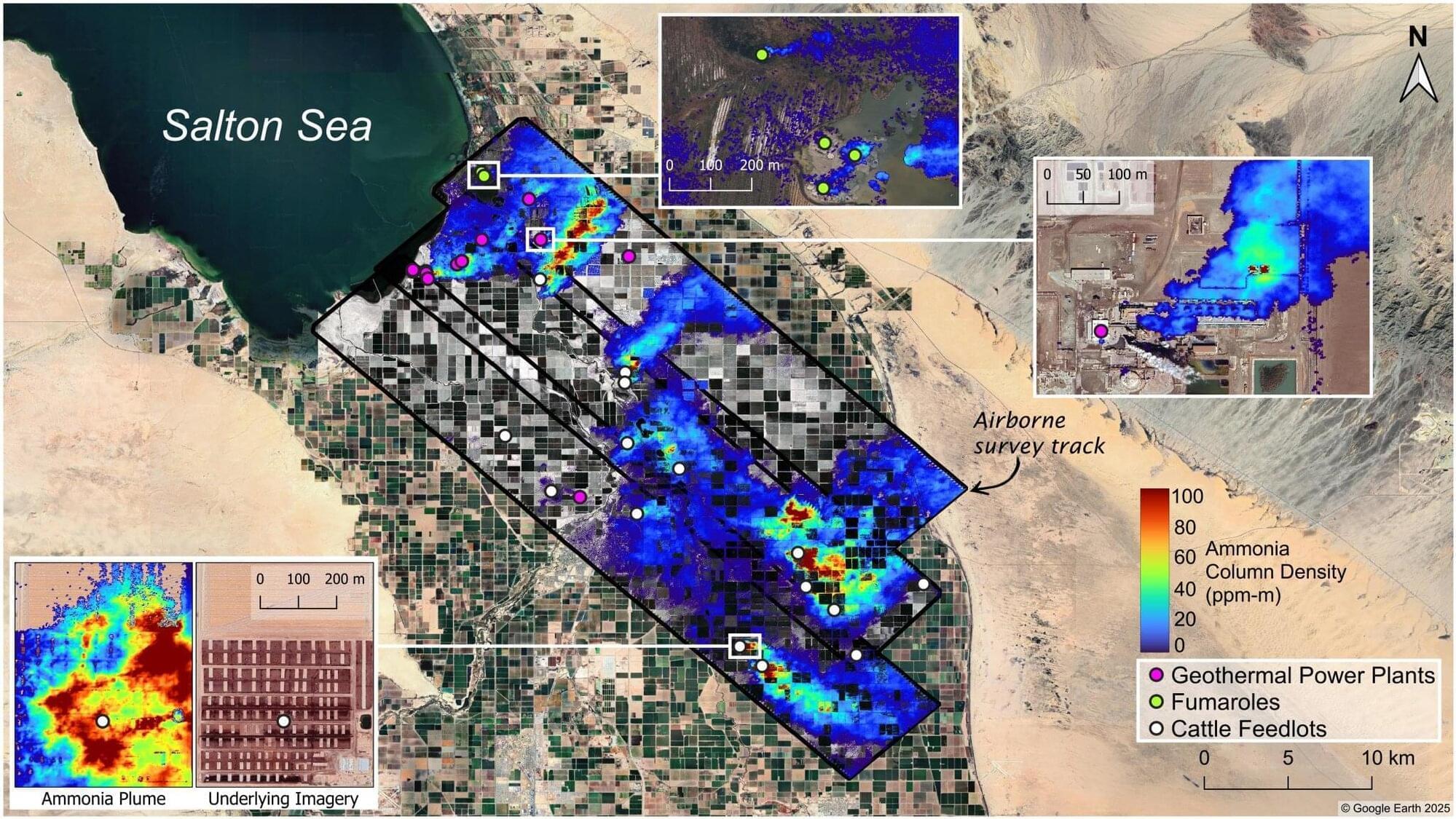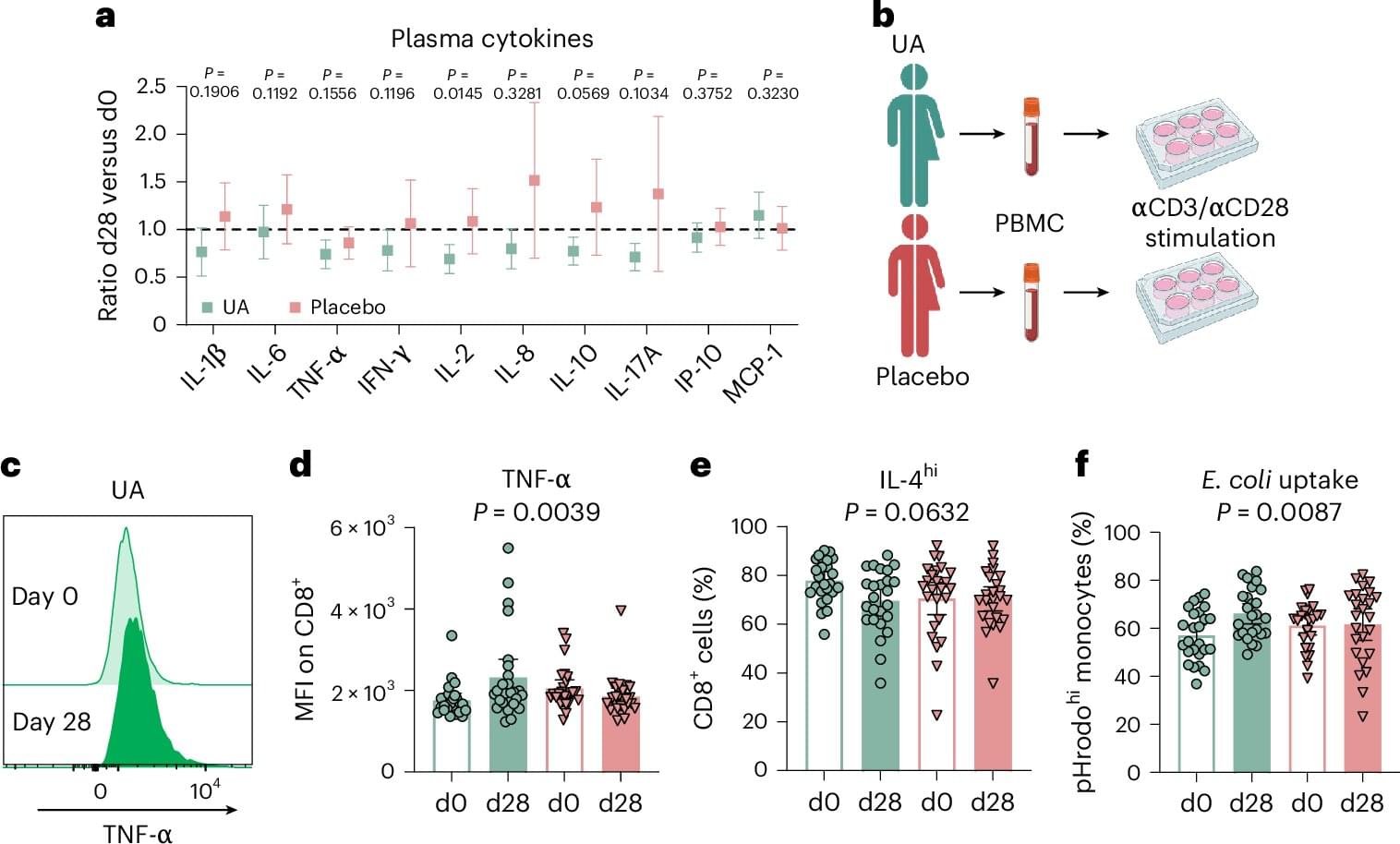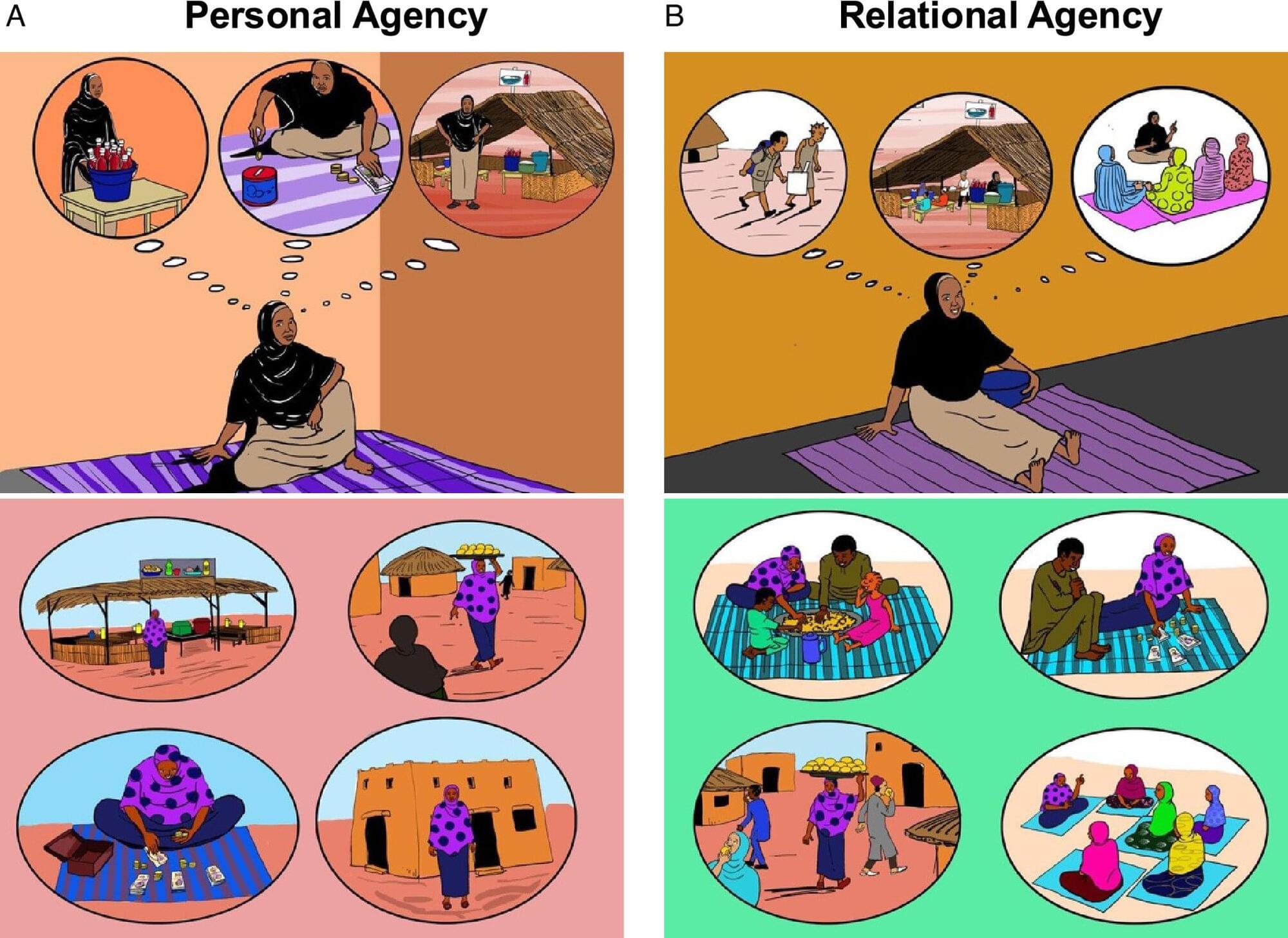Higher yields, greater resilience to climatic changes or diseases—the demands on crop plants are constantly growing. To address these challenges, researchers of Karlsruhe Institute of Technology (KIT) are developing new methods in genetic engineering.
In cooperation with other German and Czech researchers, they succeeded for the first time in leveraging the CRISPR/Cas molecular scissors for changing the number of chromosomes in the Arabidopsis thaliana model organism in a targeted way—without any adverse effects on plant growth. This discovery opens up new perspectives for plant breeding and agriculture. The results have been published in Science.
The CRISPR/Cas molecular scissors enabled the KIT researchers in recent years to alter not only genes, but also chromosomes. This way, it is possible to combine wanted traits or eliminate unwanted ones in plants in a targeted manner.
